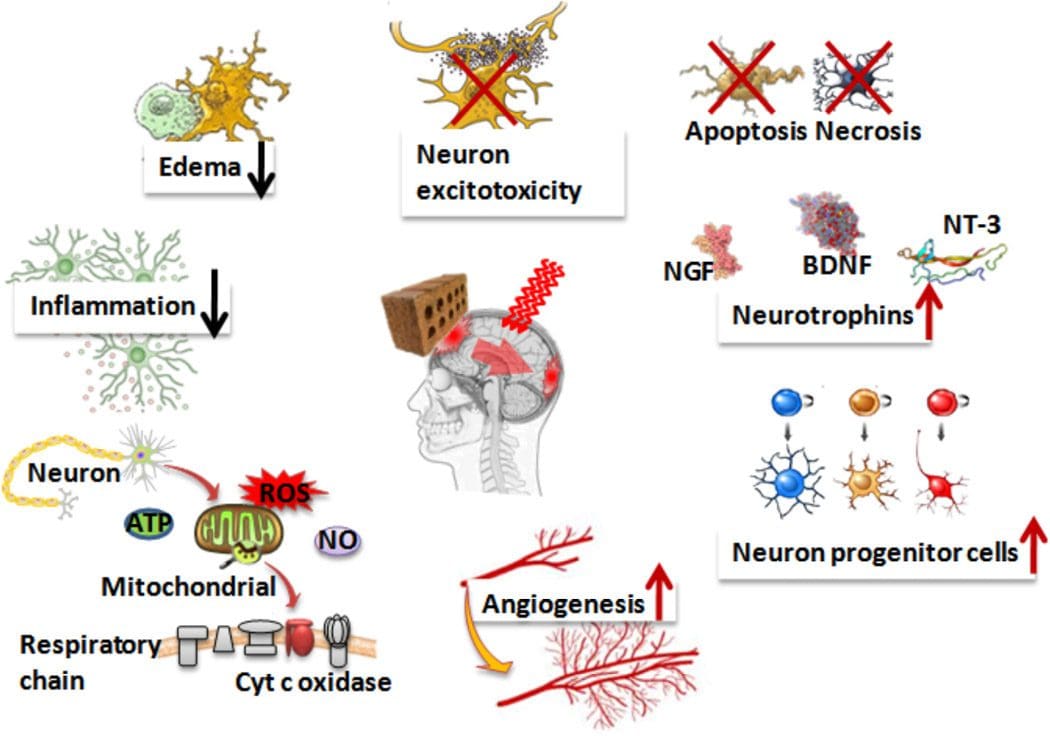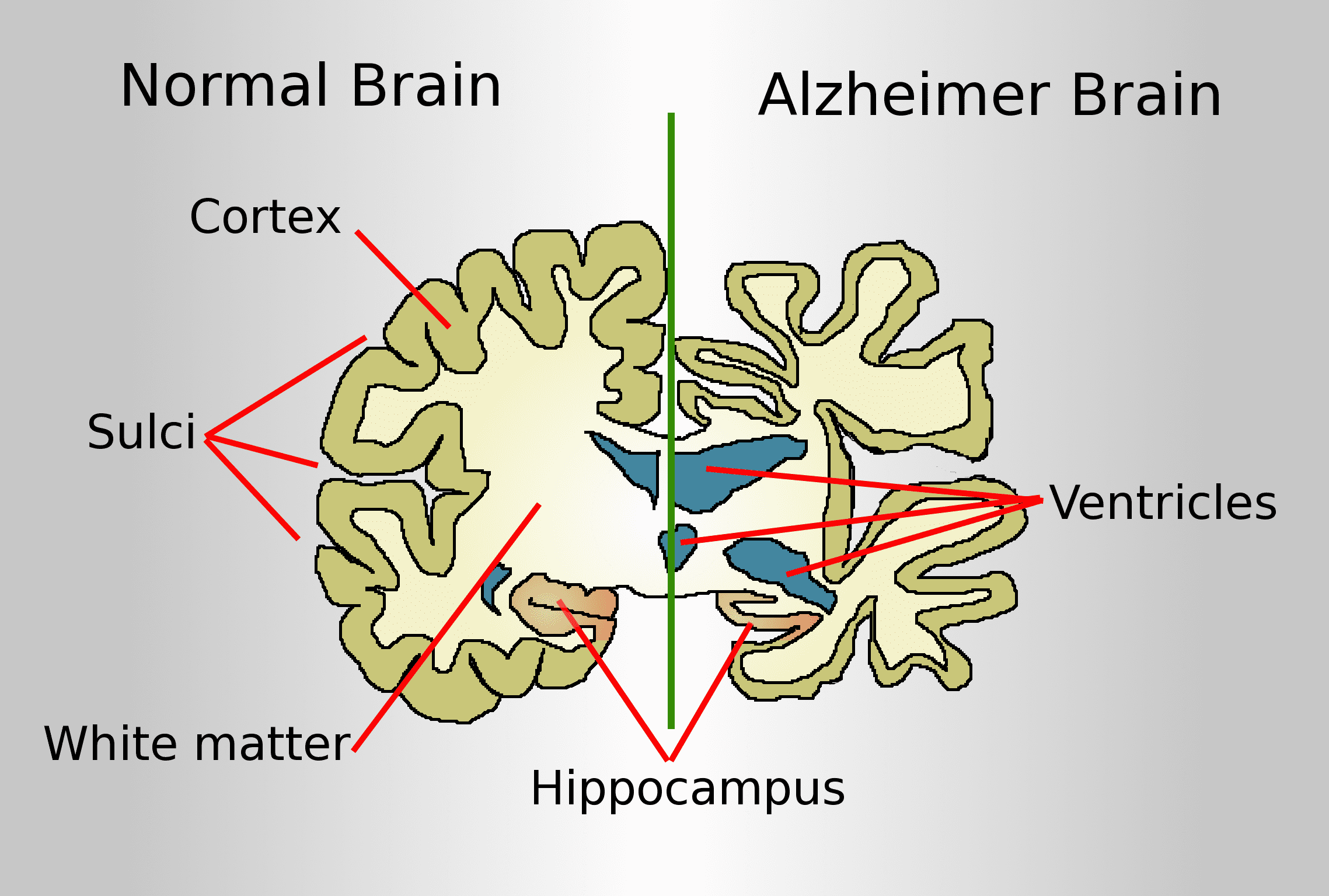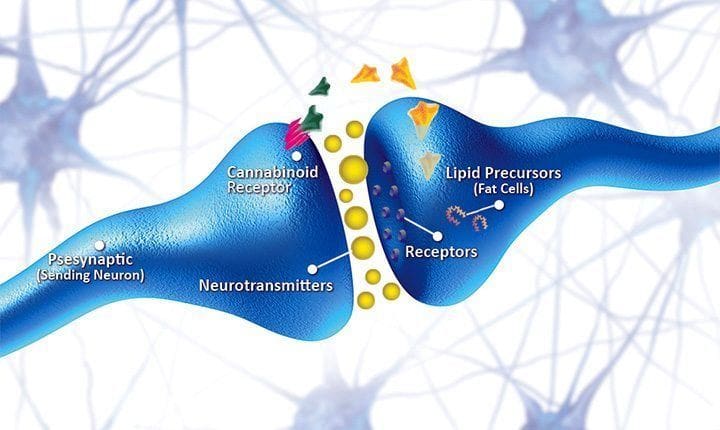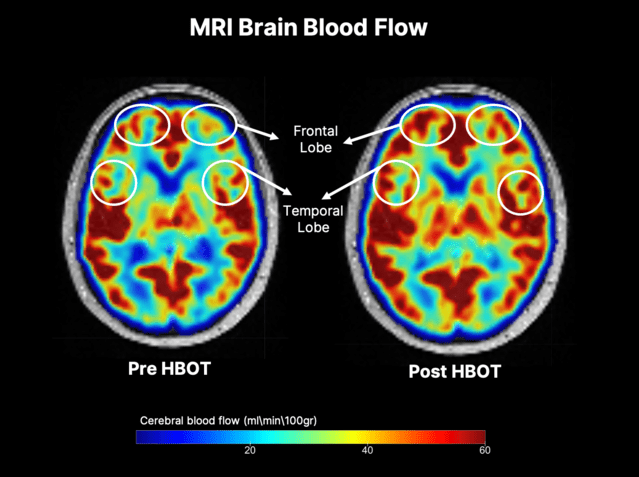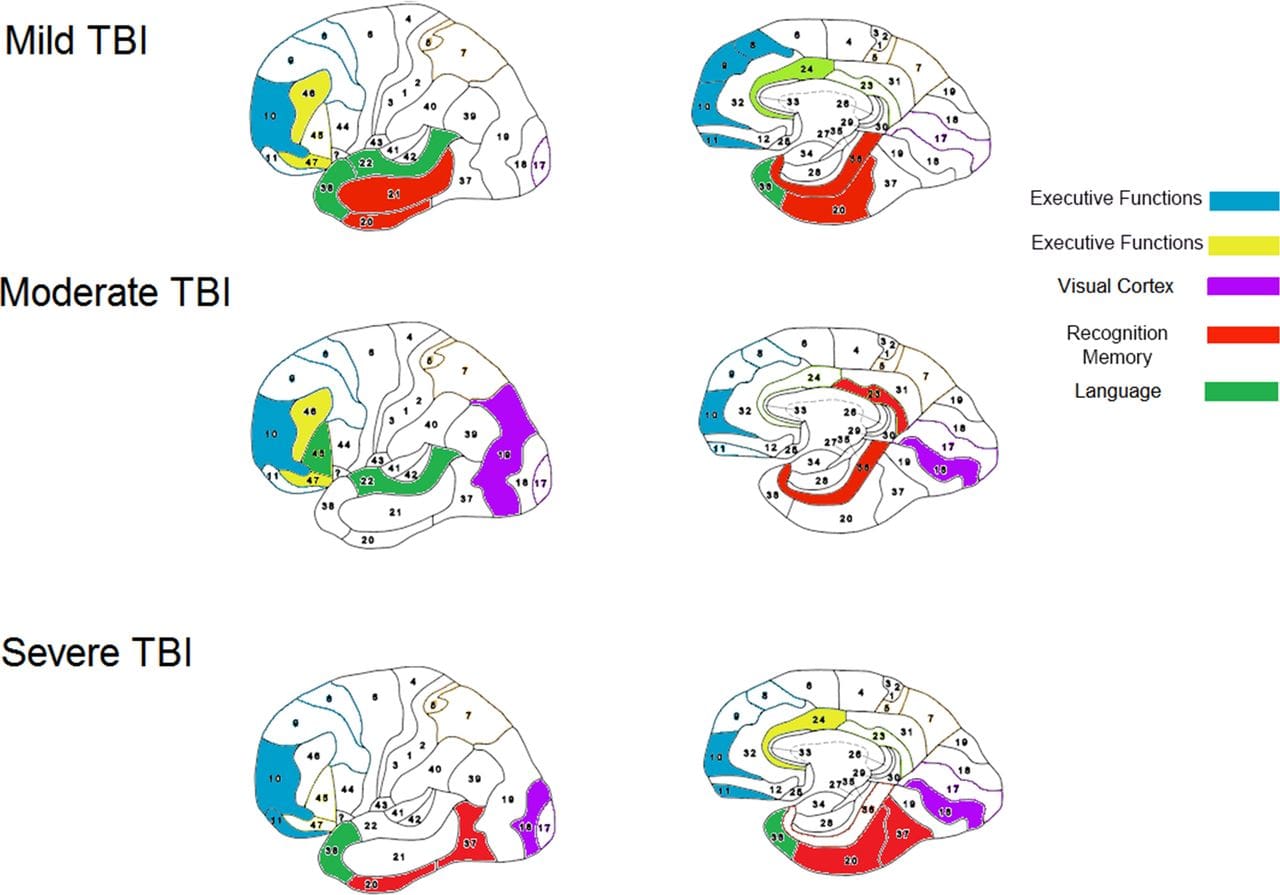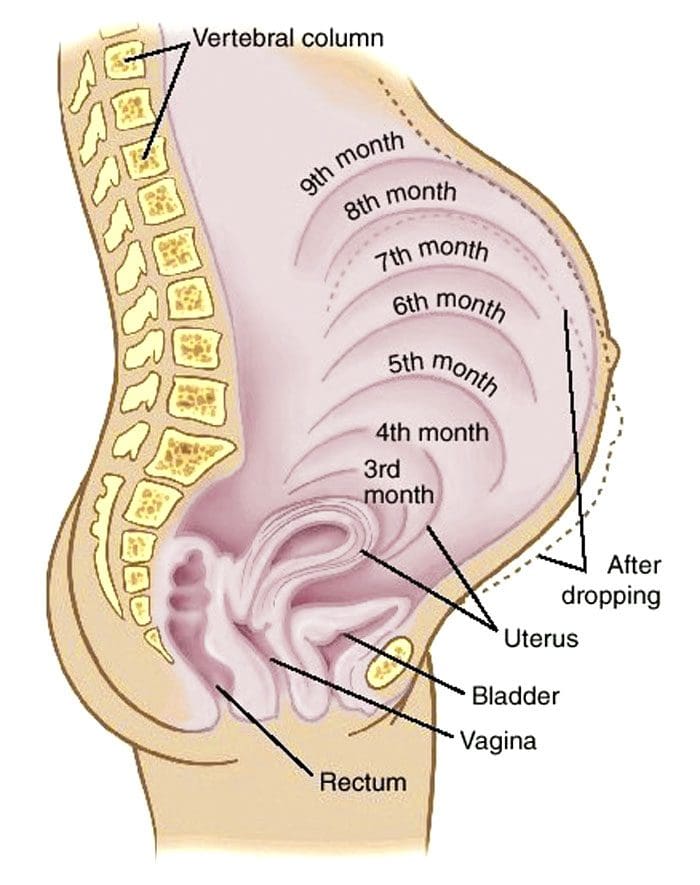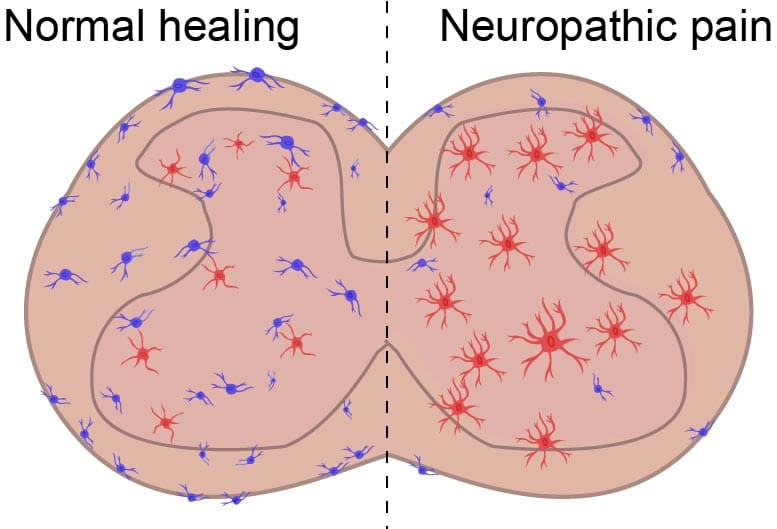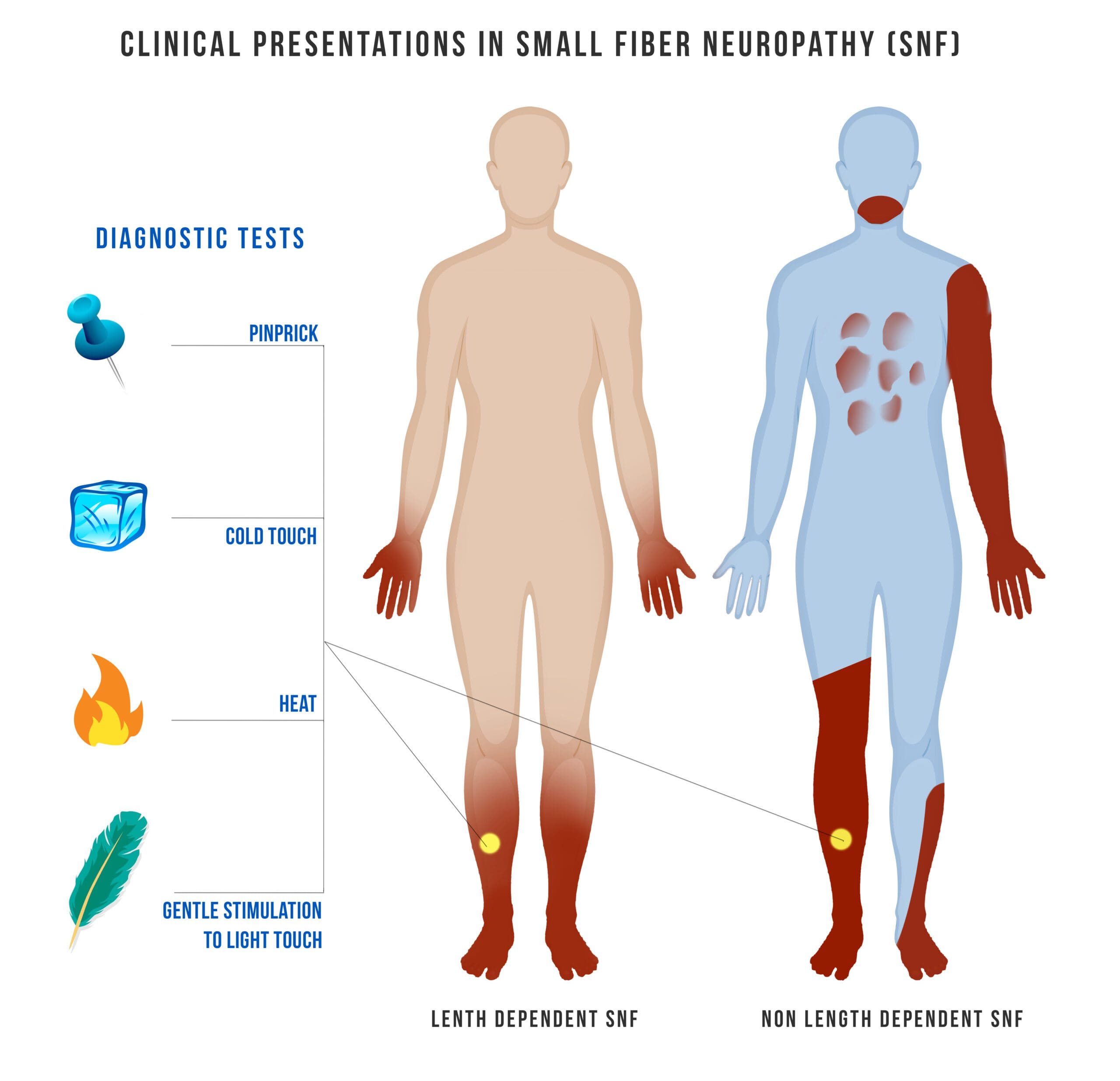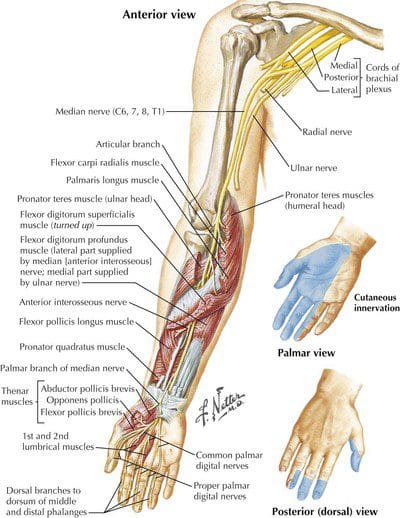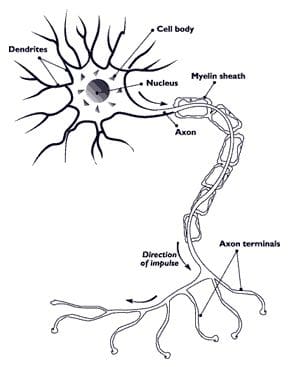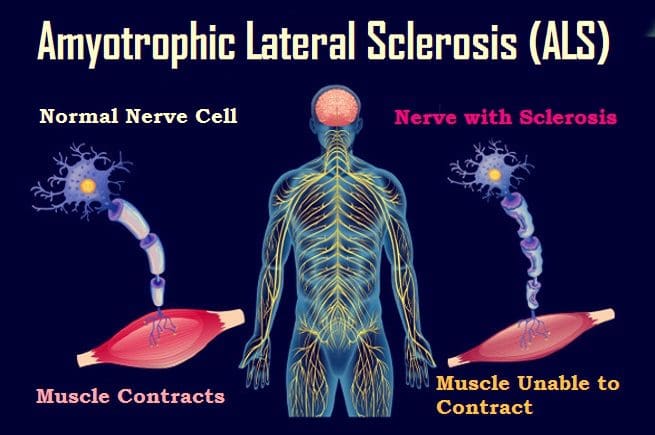Table of Contents
Introduction
The brain is part of the central nervous system and its primary function is to transmit neuron signals all throughout the entire body. The neuron signals make sure that not only the body is functioning, but that the heart is beating regularly, the gut is digesting the food, blood pressure and the feeling sensations are normal. When there are unwanted pathogens that attach themselves to the neuron signals and travel to the brain, can develop into neurodegenerative diseases over time. Luckily there are therapeutic ways to dampen the effects of neurodegenerative diseases and one of them is low laser light therapy. In this 2 part series, we will be taking a look at how light therapy can be beneficial for individuals that are suffering from neurodegenerative diseases. Part 1 took a look at how different microbial infections are involved in neurodegeneration to the brain. By referring patients to qualified and skilled providers who specialized in neurological services. To that end, and when appropriate, we advise our patients to refer to our associated medical providers based on their examination. We find that education is the key to asking valuable questions to our providers. Dr. Jimenez DC provides this information as an educational service only. Disclaimer
Can my insurance cover it? Yes, in case you are uncertain here is the link to all the insurance providers we cover. If you have any questions, please call Dr. Jimenez at 915-850-0900.
Low-Laser Therapy For The Brain
Seeing how neurological and neuropsychiatric diseases are degenerative in nature that are characterized by protein aggregation, there are novel methods to treat protein aggregation and downstream issues since the human body utilizes light energy to catalyze chemical reactions and help dampen the effects of protein aggregation. This is referred to as “photobiomodulation” or low laser therapy. Low laser therapy has endogenous molecules that have different absorption peaks throughout the electromagnetic spectrum, thus resulting in different physiological effects:
- Melanin (~340nm)
- Unbound hemoglobin (~430nm)
- Water (~1900nm)
- Reduced mitochondrial Cytochrome C (~605nm)
Studies have found that low laser therapy when applied to the forehead and scalp areas of an individual with traumatic brain injury has helped improve cognitive function in the brain. By altering human physiology with light is a potent therapeutic for numerous conditions as the common “therapeutic range” of laser wavelengths for treating disease is from ~600nm to 1000nm. These wavelengths readily penetrate tissues while hitting disease-relevant biological targets.
The Mechanisms Of LLT
Research studies show that low laser therapy does exert beneficial effects on the motor and histopathological outcomes after traumatic brain injury, while also improving cognitive recovery and limiting the inflammation after the injury. The mechanisms at cellular and molecular levels of low laser therapy can help increase ATP production, release nitric oxide, changes the body’s gene expression while normalizing the membrane potentials via activation of light-sensitive ion channels. Even though a functional brain can change from photobiomodulation, it’s not all about increasing blood circulation. Other beneficial factors that low laser therapy include:
- Heat shock protein induction
- Angiogenesis and increased blood flow
- Reduced pain and inflammation
- Increased tissue growth
- Increased HCTP proliferation
- Reduced tissue atrophy (due to lower apoptosis rate)
- Improvement in motor function in skeletal muscle
Other studies have found that the application of low laser therapy on the scalp can help improve mitochondrial function and increase adenosine triphosphate (ATP), which both are important for cellular metabolism. This allows nitric oxide to be released locally and increases the regional cerebral blood flow to the brain.
HCTP Therapy

HCTP (human cellular tissue products) or stem cells* are part of regenerative cellular treatment that both international and nationally affiliated clinics and distribution organizations utilize to help boost the body’s own natural healing process. HCTP is used to repair and regenerate damaged cells, diseased tissues, and organs back to their original functioning state in the body. With more and upcoming research about the beneficial properties of HCTP, many individuals can begin their wellness journey pain-free.
The “Rainbow Effect”
Known as the “Rainbow Effect,” chromotherapy is a method of treatment that uses the color spectrum of electromagnetic radiation to help diseases as studies show. With low laser therapy helping cognitive function, many healthcare professionals use the color light wavelengths to help the body feel less pain. Each of the different electromagnetic wavelengths is correlated to the colors of the rainbow and provides different frequencies to tackle what ailments a person is feeling. Some of the other treatments that chromotherapy and low laser therapy offer include:
- Methylene Blue
- UV Blood Irradiation
- Antimicrobial Photodynamic Therapy
Methylene Blue
Multi-use dye has been historically used for malaria and methemoglobinemia and methylene blue acts as an electron donor for ETC Complex IV. It can absorb light like an endogenous cytochrome oxidase to increase catalysis while also boosting oxygen consumption and ATP output in the body. Research studies have found that methylene blue can cross the blood-brain barrier and form a reversible reduce-oxidation system that has auto-oxidizing capacity. With methylene blue inhibiting recombinant protein aggregation in vitro, even when added to preformed oligomers and fibrils. Other studies have found that methylene blue can help improve memory retention of extinction of fear conditioning in the brain. It can help combat impaired mitochondrial metabolism with its antioxidant effects and increased survival of primary cortical neurons transduced with mutant Htt, reduced neurodegeneration.
UV Blood Irradiation
Ultraviolet blood irradiation (UBI) was extensively used in the 1940s and 1950s to treat many diseases
including septicemia, pneumonia, tuberculosis, arthritis, asthma, and even poliomyelitis. The early studies were carried out by several physicians in the USA and published in the American Journal of Surgery. However, with the development of antibiotics, UBI use declined and it has now been called “the cure that time forgot”. Research studies have found that UV blood irradiation has been used as an alternative approach to treating infections as an immuno-modulating therapy while also normalizing blood parameters. The amazing results are thought to come from effects on the immune system by:
- Increased phagocytosis
- Increases secretion of NO and reactive nitrogen species
- Deactivation of circulating lymphocytes may reduce inflammation
- Transient increase in ROS activates antioxidant defenses
Antimicrobial Photodynamic Therapy
Antimicrophotodynamic therapy is a therapeutic approach that can kill microorganisms by combining light (of a specific wavelength), a light-sensitive substance (photosensitizer), and oxygen effective against drug-resistant pathogens. Studies have found that antimicrobial photodynamic therapy has been used to treat infections that are in the body cavities and is an anon-toxic dye that binds to microbes in the body with few side effects and is cost-efficient.
As studies show that photosensitizers provide bacterial inactivation due to their interaction with oxygen and ROS. Since photosensitizers absorb photons and are excited to a highly reactive state, their reaction with ambient oxygen generates reactive oxygen species and causes irreparable damage to microbe DNA and cell walls to their death.
Conclusion
All in all, it is important to find many therapeutic ways to treat numerous brain disorders and diseases that can cause the brain to be dysfunctional and cause the body to develop chronic illnesses. Since the brain is part of the central nervous system, the neuron signals need that bidirectional connection with the body, the organs, and the brain in order to function. Making small changes in a person’s lifestyle and eating habits can improve cognitive function and allow individuals to be well off in their wellness journey.
References
Azeemi, Samina T Yousuf, and S Mohsin Raza. “A Critical Analysis of Chromotherapy and Its Scientific Evolution.” Evidence-Based Complementary and Alternative Medicine: ECAM, Oxford University Press, Dec. 2005, https://www.ncbi.nlm.nih.gov/pmc/articles/PMC1297510/.
Hamblin, Michael R, and Tayyaba Hasan. “Photodynamic Therapy: A New Antimicrobial Approach to Infectious Disease?” Photochemical & Photobiological Sciences: Official Journal of the European Photochemistry Association and the European Society for Photobiology, U.S. National Library of Medicine, May 2004, https://www.ncbi.nlm.nih.gov/pmc/articles/PMC3071049/.
Hamblin, Michael R. “Ultraviolet Irradiation of Blood: ‘The Cure That Time Forgot’?” Advances in Experimental Medicine and Biology, U.S. National Library of Medicine, 2017, https://www.ncbi.nlm.nih.gov/pmc/articles/PMC6122858/.
Khuman, Jugta, et al. “Low-Level Laser Light Therapy Improves Cognitive Deficits and Inhibits Microglial Activation after Controlled Cortical Impact in Mice.” Journal of Neurotrauma, Mary Ann Liebert, Inc., 20 Jan. 2012, https://www.ncbi.nlm.nih.gov/pmc/articles/PMC3261787/.
Naeser, Margaret A, et al. “Improved Cognitive Function after Transcranial, Light-Emitting Diode Treatments in Chronic, Traumatic Brain Injury: Two Case Reports.” Photomedicine and Laser Surgery, Mary Ann Liebert, Inc., May 2011, https://www.ncbi.nlm.nih.gov/pmc/articles/PMC3104287/.
Naeser, Margaret A, et al. “Significant Improvements in Cognitive Performance Post-Transcranial, Red/near-Infrared Light-Emitting Diode Treatments in Chronic, Mild Traumatic Brain Injury: Open-Protocol Study.” Journal of Neurotrauma, Mary Ann Liebert, Inc., 1 June 2014, https://www.ncbi.nlm.nih.gov/pmc/articles/PMC4043367/.
Pinto, Juliana Guerra, et al. “Efficiency of Antimicrobial Photodynamic Therapy with Photodithazine® on MSSA and MRSA Strains.” Antibiotics (Basel, Switzerland), MDPI, 17 July 2021, https://www.ncbi.nlm.nih.gov/pmc/articles/PMC8300773/.
Riha, Penny D, et al. “The Brain Metabolic Enhancer Methylene Blue Improves Discrimination Learning in Rats.” Pharmacology, Biochemistry, and Behavior, U.S. National Library of Medicine, Apr. 2007, https://www.ncbi.nlm.nih.gov/pmc/articles/PMC2040387/.
Rodriguez, Pavel, et al. “Methylene Blue Modulates Functional Connectivity in the Human Brain.” Brain Imaging and Behavior, U.S. National Library of Medicine, June 2017, https://www.ncbi.nlm.nih.gov/pmc/articles/PMC5018244/.


